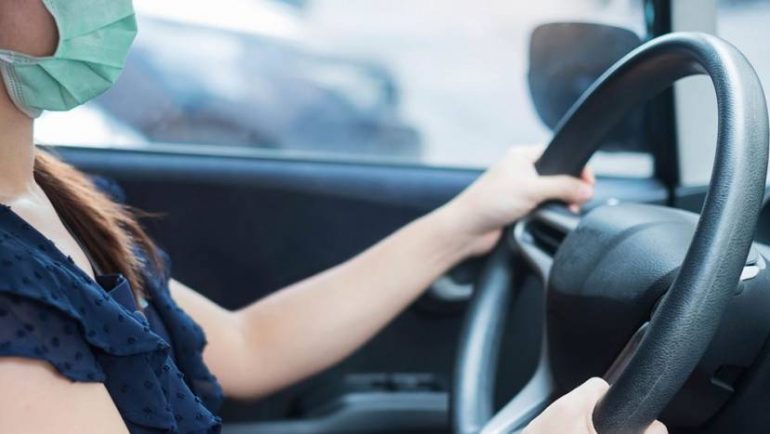The Minister of Transport, Communications and Works, pursuant to paragraph 2.2 (n) of the Infectious Diseases (Definition of Measures to Prevent the Spread of the Coronavirus COVID-19) Decree (No. 20) of 2021, as amended until the Decree No. 23 of 2021 (KDP 236/2021), issues the following guidelines:
1. Public Passenger Transport
1.1. The maximum number of passengers that can be transported by the Regular Passenger Transport Buses with fare per passenger in all the provinces of Cyprus, is defined as 100% the capacity of each bus in compliance with the provisions of paragraphs 3 and 4 of this notice.
1.2. The maximum number of passengers that can carry E-Licensed Buses, Buses used for shuttle services to and from airports (shuttle), as well as private buses with road license, in all provinces of Cyprus, is defined as 100% of the capacity of each bus in compliance with the provisions of paragraphs 1.4, 3 and 4 of this notice.
1.3. The maximum number of passengers that can carry buses carrying only students, to and from their educational institutions (public and private), in all the provinces of Cyprus is determined as 100% the capacity of each bus in compliance with the provisions of paragraphs 3 and 4 of this notice.
1.4. The maximum number of passengers that can carry buses with a Road Use License for a large family is set at 100% of the capacity of each bus without the use of a mask if persons of the same family (household) are on board.
1.5. The maximum number of passengers that taxis can carry is 100% of the road use license specified in paragraph 4 of this notice.
2. Private Passenger Transport
2.1. Private vehicles can be driven by members of the same family (household), including minor children of the family, depending on the capacity of the vehicle, without the use of a mask.
2.2. Private vehicles can be ridden by people from different households, depending on the capacity of the vehicle, with the use of a mask necessary.
3. Additional instructions for Public Passenger Transportation by bus
3.1. Where a bus does not have a driver's cab or protective membrane separating it from the passenger entrance and the passengers immediately behind it, the seats behind the driver as well as the first seat on the left (guide seat - where available) must be left empty. .
3.2. All necessary measures are taken to avoid overcrowding during boarding and disembarking.
3.3. There must be a liquid hand sanitizer at the entrance of each bus for use by all passengers.
3.4. Buses must be cleaned and disinfected frequently, definitely before the start of the service and during the day. The cleaning / disinfection, in the case of Regular Passenger Transport with fare per passenger, to be done at least every four routes and, where possible, the cleaning / disinfection to be done at the end of each route. Cleaning / disinfection of all buses should be done carefully, especially on surfaces that are often touched such as handles, handles, metal surfaces, seat belts, rails, etc., using disinfectants and materials recommended by the Ministry of Health.
3.5. Buses used for mass exclusive student transport must, in addition to the general guidelines for cleaning and disinfecting the buses listed above, be disinfected before and after student transport.
3.6. It is recommended that students sit in a predetermined position daily, where possible.
3.7. It is also recommended that students who belong to the same department or are siblings sit next to each other.
4. The use of face masks by public transport and passenger workers on all regular passenger buses with a fare per passenger, as well as on all means of public transport (taxis, tour buses, closed-door shuttle services to and from airports [ shuttle]), continues to be mandatory in all provinces.
5. The above measures are implemented from their publication on the official website of the Ministry of Transport, Communications and Works.
